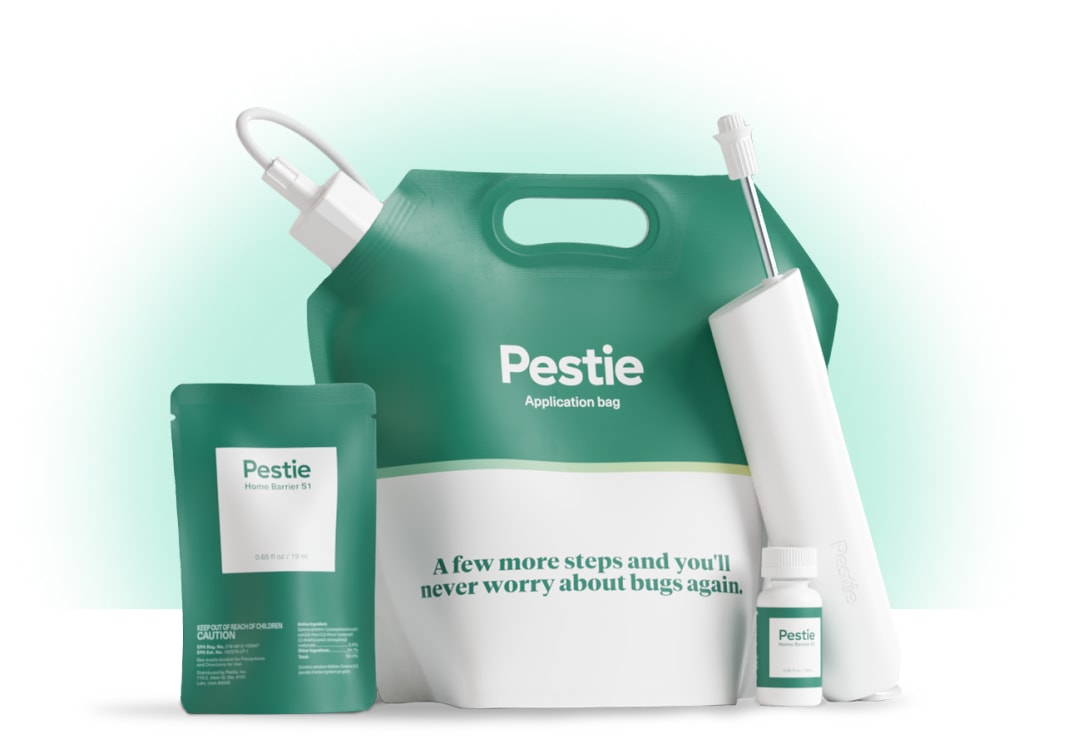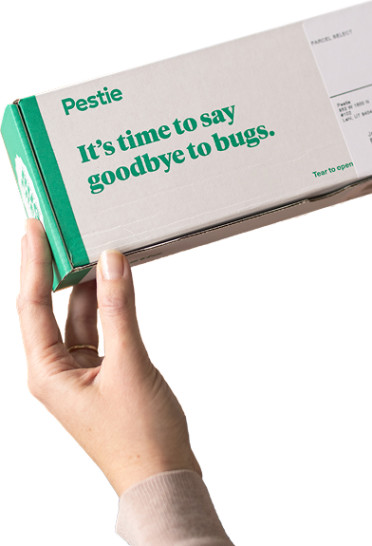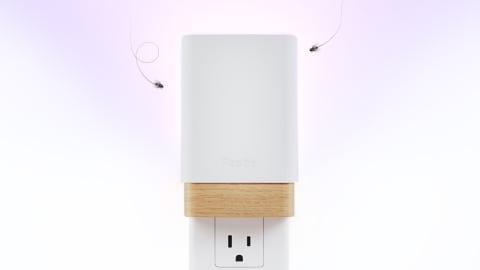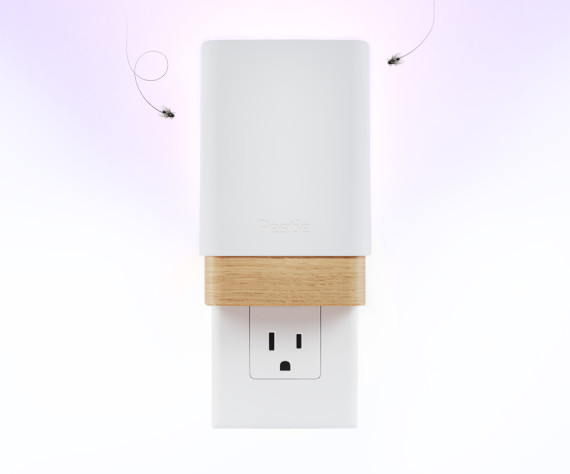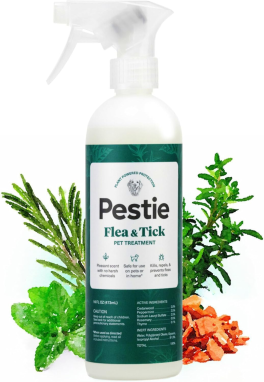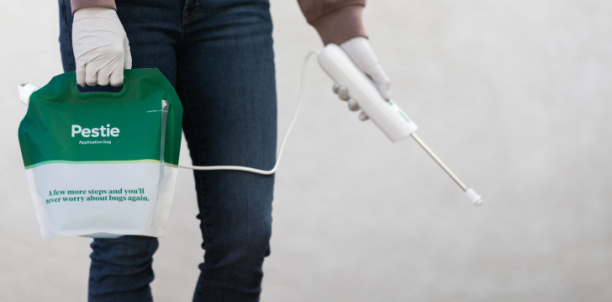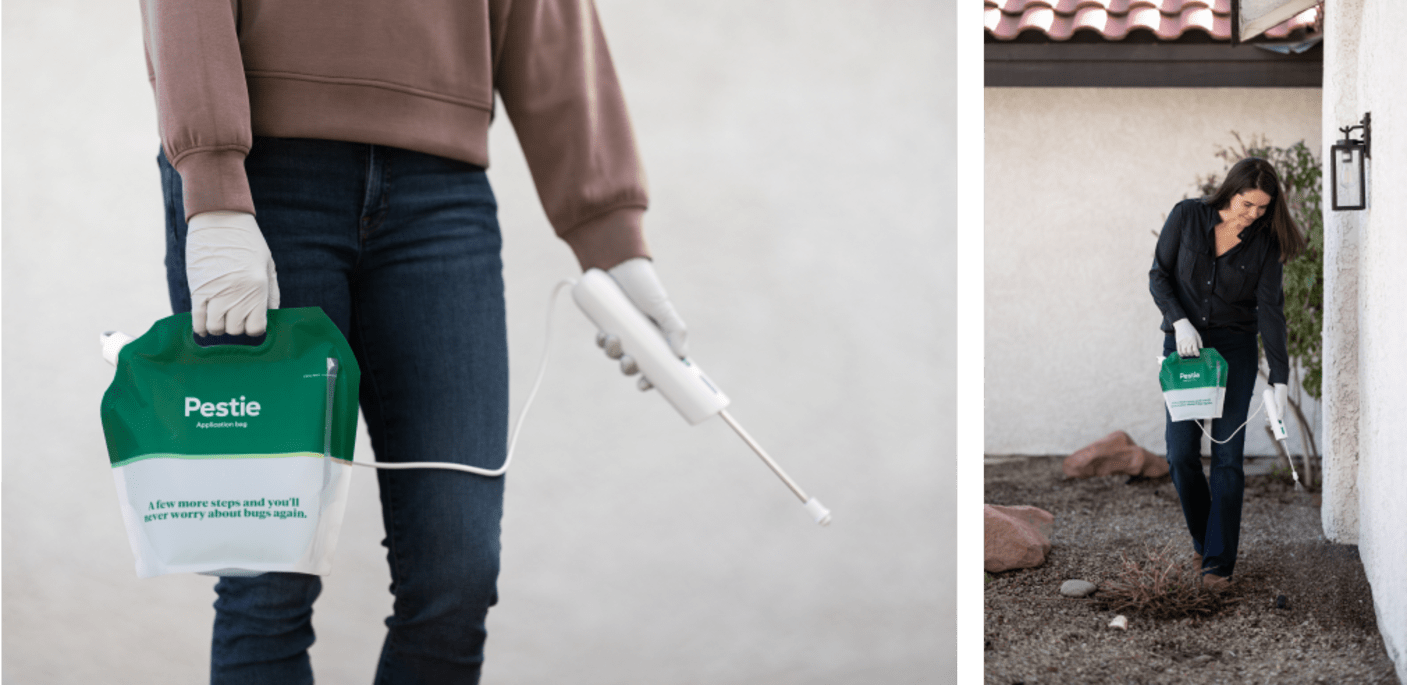How to identify and get rid of budworms
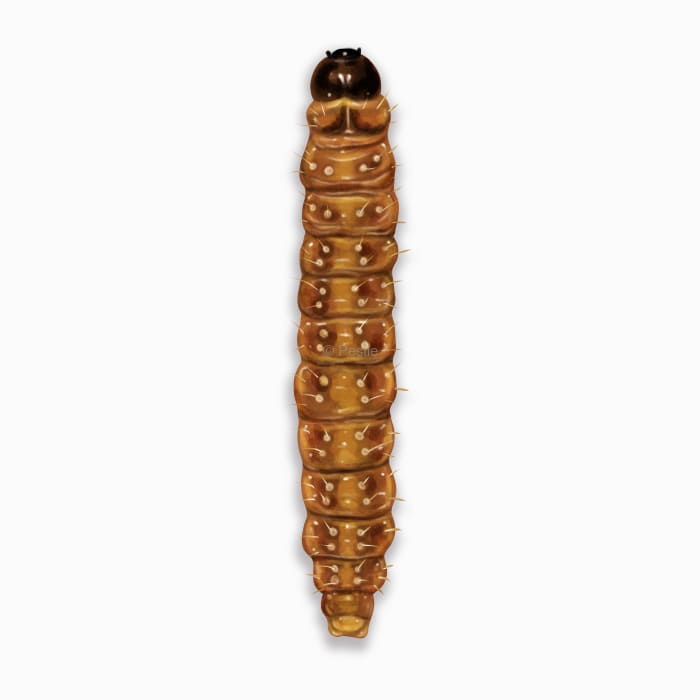
The budworm battle: protecting your blooms from damage
If you’ve ever noticed holes in your flower buds or petals that look like they’ve been roughed up too much, there’s a good chance you’re dealing with budworms. These tiny caterpillars might not seem like much, but they can wreak havoc on your garden by boring into the buds of your favorite flowers.
Budworms start off as tiny eggs laid by moths on your plants, then hatch into hungry caterpillars that feed on flower buds. By the time you notice the damage, they’ve often already made themselves at home. Keeping an eye on your plants and taking early action can help keep your garden looking its best.
How to identify budworms
There are a lot of different species of budworms out there, and they all come in a variety of colors. They are usually green or brown, which can be hard to spot because they blend in so well with the plants they feed on.
You’ll often notice the damage they cause before you see the caterpillars themselves. Look for holes or chewed edges on flower buds, especially on roses, geraniums, and petunias. If you notice buds that fail to bloom or appear damaged, check them closely for tiny caterpillars with a faint stripe running down their back—these are likely budworms. Sometimes they could be confused for a cankerworm or a leafroller which have some similiarities.
How big are budworms?
Budworms typically grow to about 1/2 to 3/4 inch long.
Where do budworms live?
They are found throughout the United States, particularly in gardens and landscapes where flowering plants are common. You’ll most often find budworms in flower beds, targeting plants like roses, petunias, and geraniums. They don’t typically enter homes but can be a nuisance in gardens.
How to get rid of budworms
Budworms can make a mess of any flower garden, but keeping them out of your flower beds doesn’t have to be difficult. Here are a few options to protecting your blooms this year:
- Handpick them: Inspect your plants regularly and remove any budworms you find by hand.
- Encourage natural predators: Birds, predatory insects, and parasitic wasps can help control budworm populations naturally.
- Prune damaged buds: Regularly prune and remove any damaged flower buds to prevent the spread of budworms.
- Use barriers: Place fine mesh or floating row covers over plants during the peak egg-laying period to keep adult moths from reaching the buds.
One of the best ways to prevent budworms from coming into your home is by spraying and maintaining a bug-barrier. Get the best pest protection for your home delivered right to your door with the Pestie Smart Pest Plan.
Treat budworms with Pestie
If you're still having trouble keeping budworms away, the best option is to use a pro-grade, effective pest control solution like Pestie.
Pestie is a do-it-yourself pest control solution that's specially designed to keep budworms and other pests away from your home.
With Pestie, you can rest easy knowing that your living space is protected and free of creepy crawlies. And the best part? It's designed for people, pets, and the planet, so you can say goodbye to harsh chemicals and hello to peace of mind!
- Save hundreds compared to traditional annual pest plans
- People, pet, and planet-friendly
- Pro-grade customized formulas
Quick facts
- Scientific name
Family - Choristoneura
- Colors
Green, brown
- Life span
4-5 weeks
- Diet
Flower buds and petals
How dangerous are Budworms?
Low danger risk
Budworms don’t pose any direct threat to people, but they can cause serious damage to your garden plants.
The spruce budworm feeds on conifer trees and can cause massive damage to the forests of northern states. They eat the needle buds before they emerge.
